Optimal Timing for Demolition Service
Determining the optimal time for demolition service involves considering weather conditions, project scope, and local regulations. Typically, dry seasons with minimal rainfall are preferred to reduce delays and complications. Planning during periods of low humidity can also minimize issues related to moisture and structural stability.
Dry weather reduces delays and safety risks during demolition projects.
Scheduling during off-peak seasons can minimize disruptions to surrounding areas.
Timing must align with local permits and community guidelines for compliance.
Avoiding extreme weather minimizes environmental impact and safety concerns.
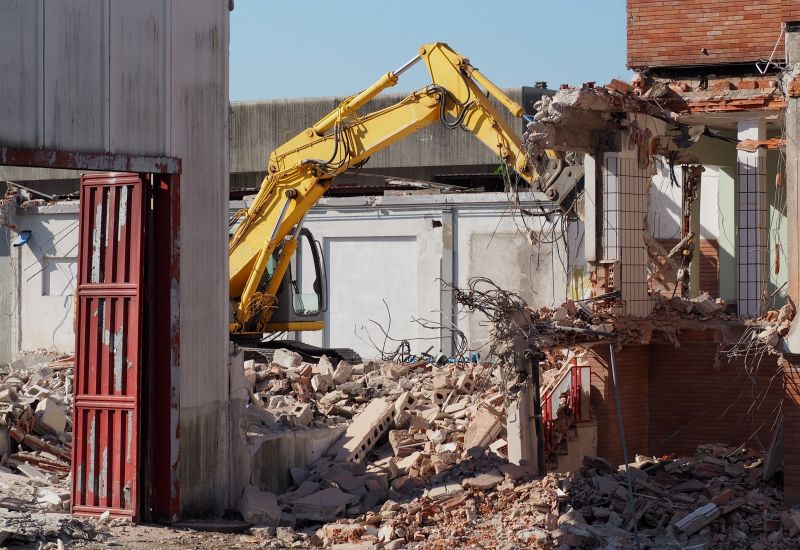
Ways to make Demolition Service work in tight or awkward layouts.
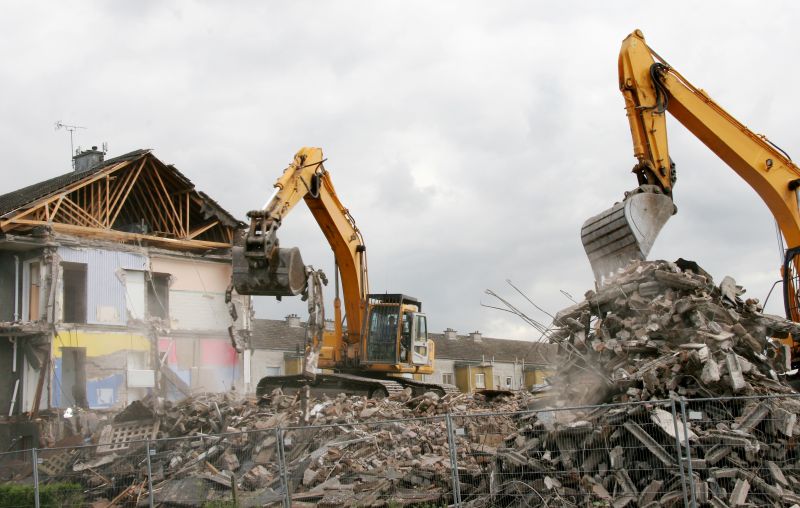
Popular materials for Demolition Service and why they hold up over time.

Simple add-ons that improve Demolition Service without blowing the budget.
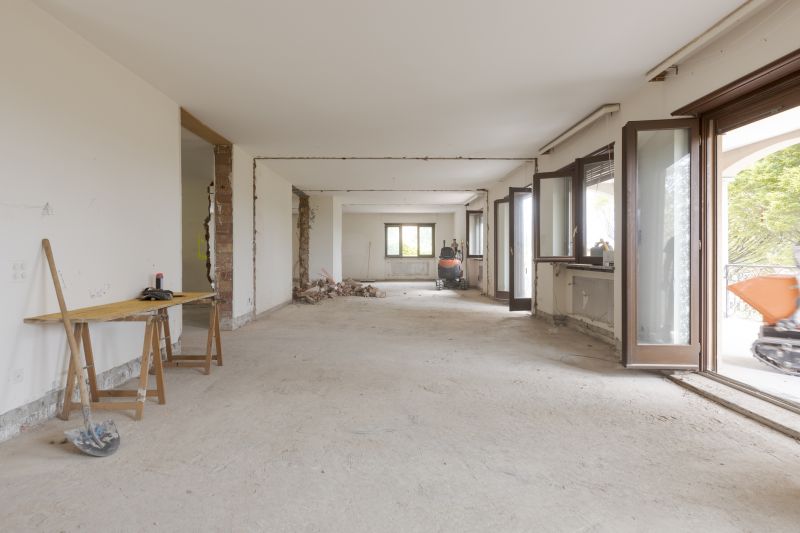
High-end options that actually feel worth it for Demolition Service.

Finishes and colors that play nicely with Demolition Service.

Little measurements that prevent headaches on Demolition Service day.

A 60-second routine that keeps Demolition Service looking new.
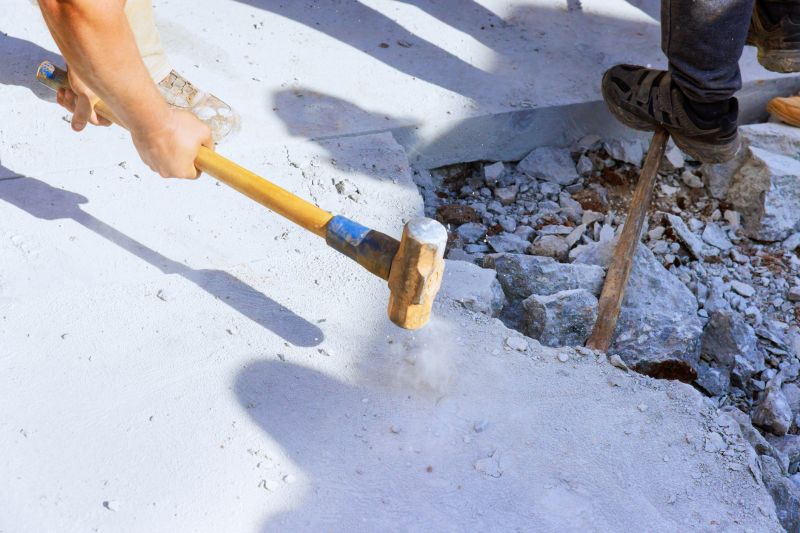
A frequent mistake in Demolition Service and how to dodge it.
Demolition services encompass a range of activities including building teardown, site clearance, and debris removal. Proper timing ensures safety, efficiency, and compliance with local regulations. Seasonal considerations can significantly impact project timelines and costs, making careful planning essential.
Statistics indicate that scheduling demolition projects during favorable weather conditions can reduce project duration by up to 20%. Additionally, planning ahead helps in coordinating permits and resource allocation, leading to smoother project execution and minimizing delays.

Small tweaks to make Demolition Service safer and easier to use.
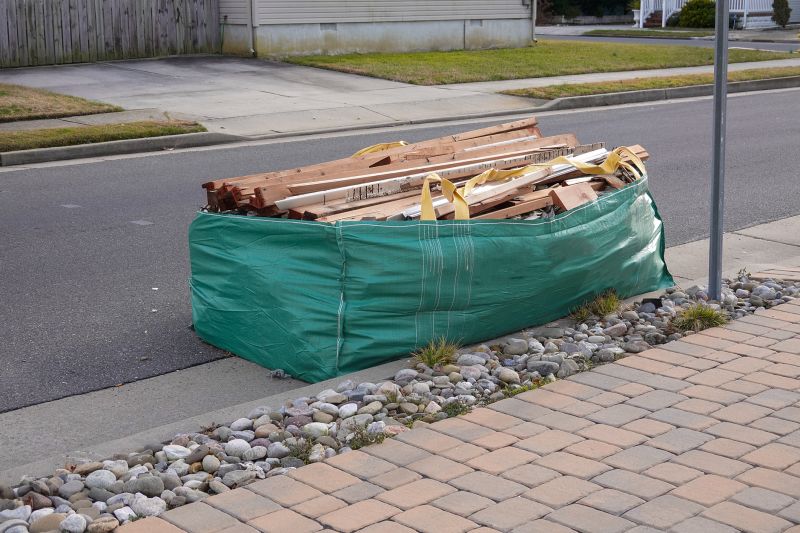
Lower-waste or water-saving choices for Demolition Service.
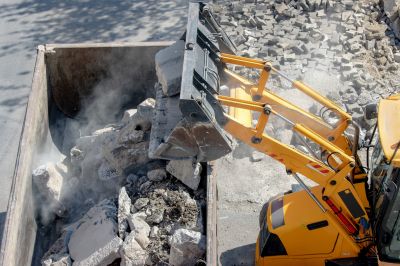
The short, realistic tool list for quality Demolition Service.
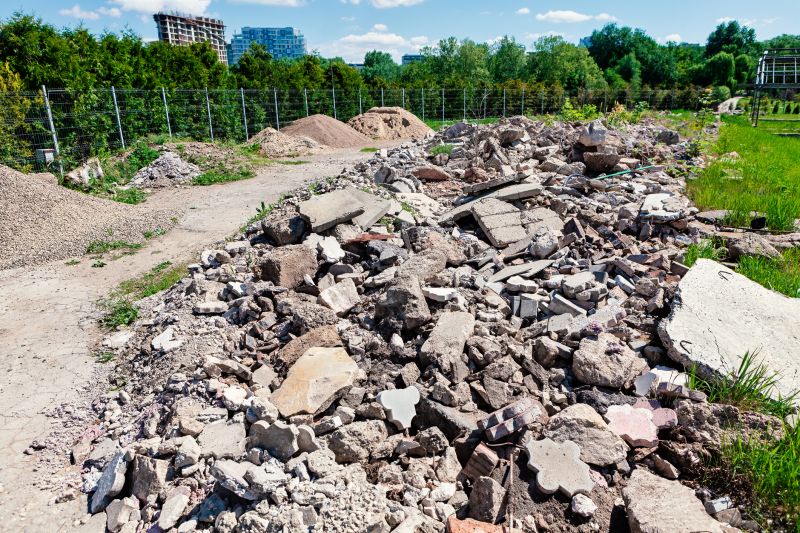
Rough timing from prep to clean-up for Demolition Service.
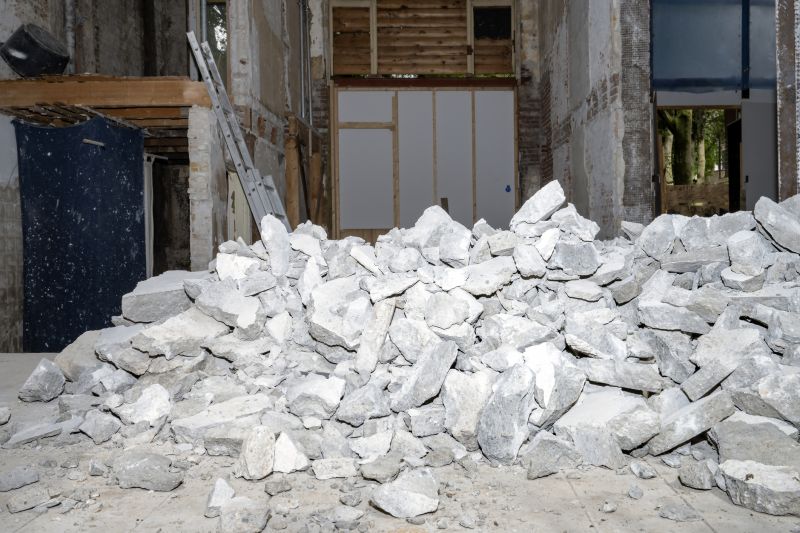
Quick checks and paperwork to keep after Demolition Service.

Examples that show the impact a good Demolition Service can make.

Ways to make Demolition Service work in tight or awkward layouts.

Ways to make Demolition Service work in tight or awkward layouts.
| Aspect | Optimal Timing Considerations |
|---|---|
| Weather | Dry seasons with minimal rainfall are ideal. |
| Permits | Obtain permits well in advance to avoid delays. |
| Project Size | Larger projects benefit from early planning. |
| Resource Availability | Schedule when equipment and personnel are accessible. |
| Community Impact | Plan during times that minimize neighborhood disruption. |
| Environmental Conditions | Avoid extreme temperatures or storms. |
| Seasonal Costs | Off-peak seasons may reduce costs. |

